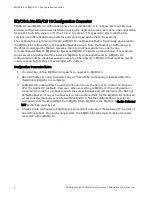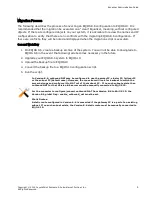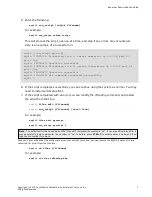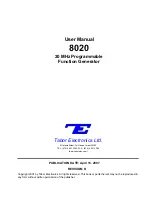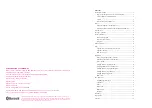
Migration Process
The following describes the process of converting an EQ/OS 8.6 configuration to EQ/OS 10. It is
recommended that the migration be executed on a "clean" Equalizer, meaning, without configured
objects. If there are configured objects on your system, it is advisable to review the names and IP
configuration to verify that there are no conflicts with the migrating EQ/OS 8.6 configuration. If
there are conflicts, they will be noted and displayed when the migration script is executed.
General Work flow
1. On EQ/OS 8.6, create a backup archive of the system. You will not be able to downgrade to
EQ/OS 8.6 in the event that a downgrade becomes necessary in the future.
2. Upgrade your EQ/OS 8.6 system to EQ/OS 10.
3. Upload the backup file to EQ/OS 10.
4. Convert the backup file to a EQ/OS 10 configuration script.
5. Run the script.
In Version 8.6, outbound NAT may be configured to use the server IP, cluster IP, failover IP
or the subnet IP (default case). However, the converter will look for a subnet to which the
server belongs and configure it to NAT out of that subnet IP . If no such subnet exists, then
outbound NAT for that Version 8.6 server must be manually converted to EQ/OS 10.
For the converter to configure/convert outbound NAT from Version 8.6 to EA/OS 10, the
Version 8.6 global flag - enable_outbound_nat must be set.
Static Routes:
A static route configured in Version 8.6 is converted if the gateway IP is a part of an existing
subnet. If no such subnet exists, the Version 8.6 static route must be manually converted to
EQ/OS 10.
Copyright © 2015 Coyote Point Systems, A Subsidiary of Fortinet, Inc.
All Rights Reserved.
5
Equalizer Administration Guide



